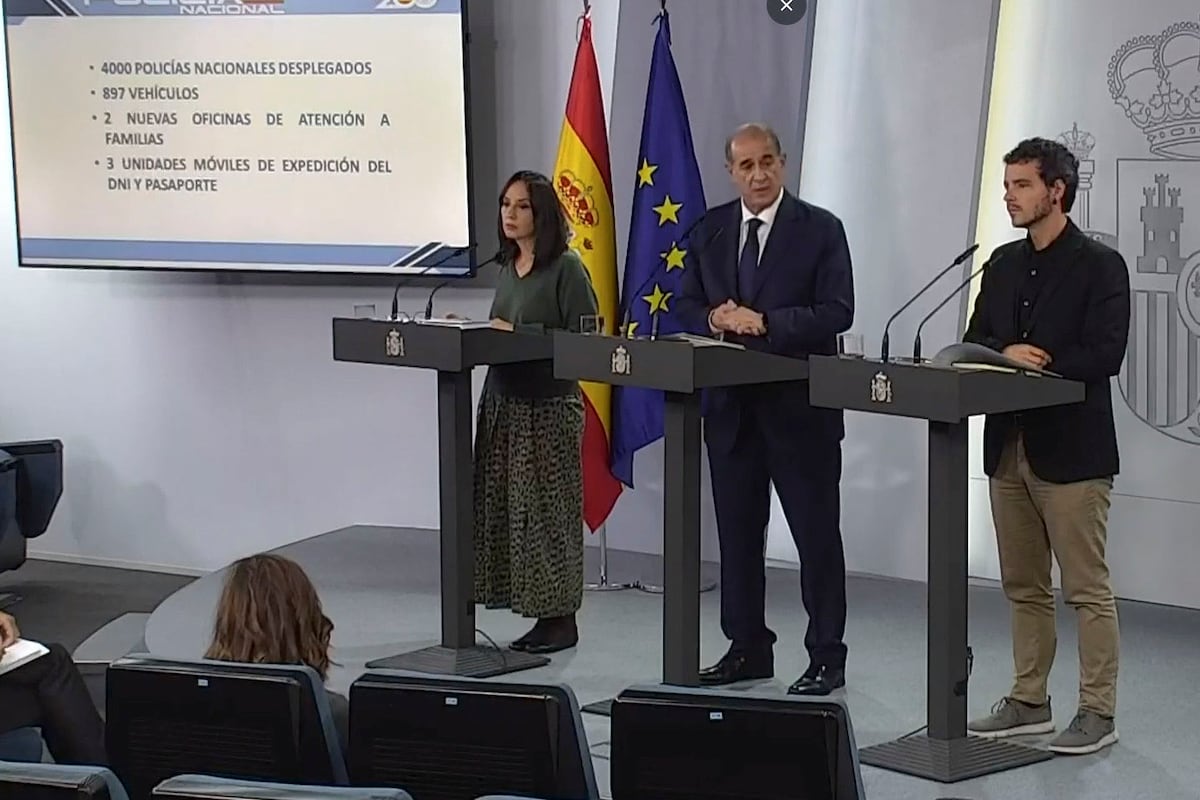- Master Spanish Weekly
- Posts
- Understanding “Lo,” “La,” and “Le” + Elections Updates en Español 🇺🇸
Understanding “Lo,” “La,” and “Le” + Elections Updates en Español 🇺🇸
Hola estudiantes de Español,
Welcome to this week’s Mastering Spanish Together newsletter! Today, we're diving into three small but mighty Spanish pronouns that often cause confusion: “Lo,” “La,” and “Le.” Let’s clarify when to use each one so you can sound more natural in your Spanish conversations.
🎓 Understanding “Lo,” “La,” and “Le”
These words are direct and indirect object pronouns in Spanish, which means they replace other words to avoid repetition. Here’s a breakdown:
"Lo" and "La" – These are direct object pronouns, used to replace masculine and feminine nouns, respectively.
Lo (masculine): Replaces a singular masculine noun.
Example: Veo el coche. → Lo veo. (“I see the car” → “I see it”)
La (feminine): Replaces a singular feminine noun.
Example: Compro la fruta. → La compro. (“I buy the fruit” → “I buy it”)
"Le" – This is an indirect object pronoun, often used with people. It replaces nouns referring to someone who receives an action indirectly.
Example: Doy el libro a Juan. → Le doy el libro. (“I give the book to Juan” → “I give him the book”)
Pro Tip: In some regions, especially in Spain, you might hear “le” instead of “lo” when referring to a male person. This is called leísmo and is considered correct in some dialects. For example:
Veo a Juan. → Le veo. (“I see Juan” → “I see him”)
Check out our Instagram post dedicated to this topic for more examples and practice. You’ll find visuals to help reinforce these concepts!
🇺🇸 Follow the U.S. Elections en Español
Staying informed about the U.S. elections is an excellent way to improve your Spanish, especially with the vocabulary you’ll encounter in the news.
Follow the updates on EL PAÍS👇🏼
🌞 A Note on Valencia
As some of you know, I have family in Valencia, and with recent events there, I wanted to let you know they’re safe. This city is special in my heart, and I’m following the news closely. If you’d like to stay informed, here’s a link to keep up with recent updates:
GRACIAS for reading and being part of Mastering Spanish Together!
Feel free to reply with any questions or comments.
¡Hasta pronto!
Un abrazo,
Alejandro Nuñez
Founder & Director





Reply